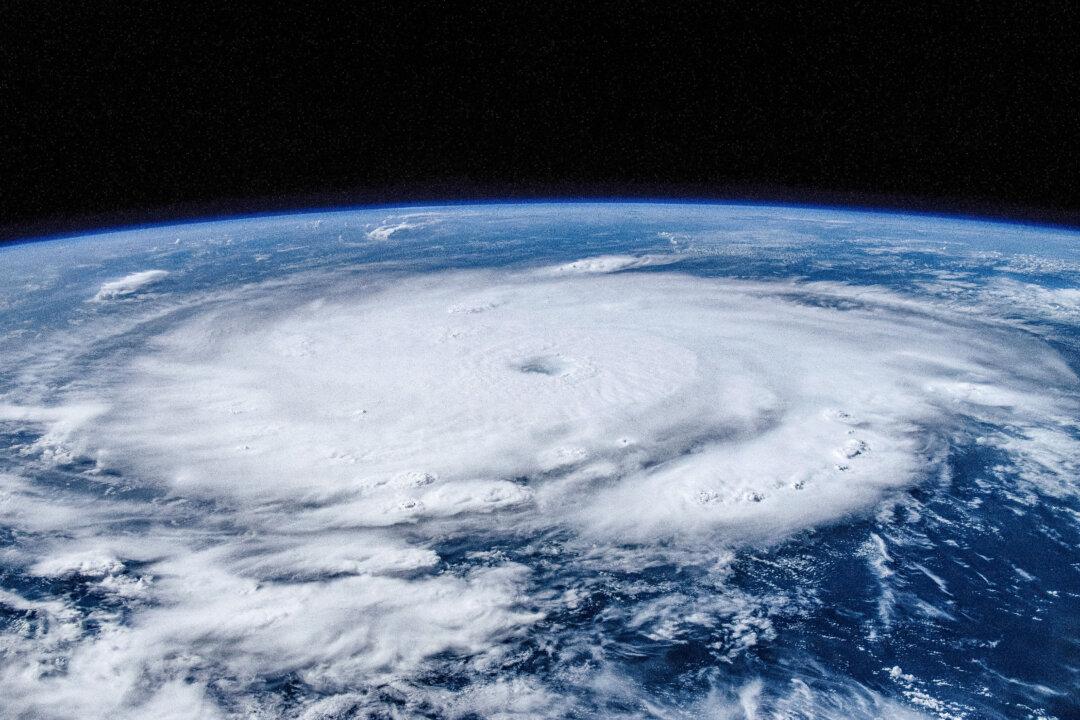Hurricane Beryl remained a Category 2 storm as it pummeled the Yucatan Peninsula of Mexico on Friday morning as the U.S. State Department sent out a new weather advisory.
A National Hurricane Center (NHC) forecasting model suggests Beryl will downgrade into a tropical storm before it emerges in the Gulf of Mexico. The storm is then expected to gain strength and again become a hurricane before slamming into the U.S.–Mexico border area in southern Texas on Monday, July 8.





